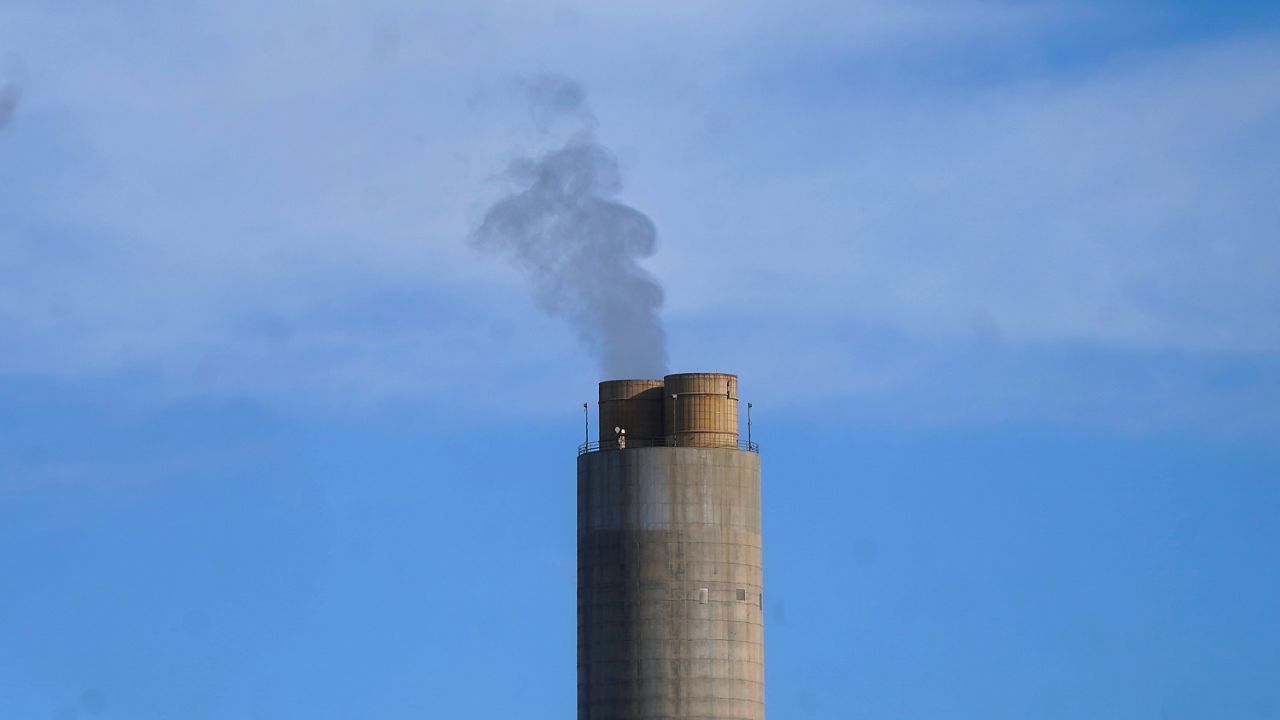A survey of local governments across New York found more than $1 billion has been spent or will be allocated on infrastructure projects with more than half of the money going toward climate-related problems like flooding and storm damage, a report released Thursday by Comptroller Tom DiNapoli's office found.
The survey reviewed spending of 353 local governments outside New York City, part of a volunteer review of how the state is addressing climate change to assess spending over the last several years and anticipate spending in the next five years on buildings, roads, bridges and other key structures.
“Climate change poses significant threats to communities in New York. Concerns are growing about severe heat waves and droughts, more frequent and destructive storms, and flooding and rising sea levels that threaten both coastal and inland communities,” DiNapoli said. “Local governments are shouldering much of the financial burden of climate change as they maintain important infrastructure such as roadways, drinking water systems and sewers. Local officials will increasingly need to assess the need for additional climate actions, plan for these higher costs, and communicate these challenges to stakeholders at the state and local levels.”
New York could be spending more to mitigate the effects of climate change in the coming years after the approval of a $3.2 billion bond act to shore up environmental infrastructure in the state in order to bolster it against the effects of storms, floods and other weather-related issues.
Meanwhile, Gov. Kathy Hochul's office on Thursday seperately announced state regulators at the Public Service Commission are moving forward with provisions meant to spur the installation of charging stations for medium and heavy-duty vehicles.
"It is critical that we invest in supportive infrastructure to get more electric vehicles on streets across New York and reduce harmful vehicle emissions," Hochul said. "With today's PSC decision, we are spurring innovation and advancing our nation-leading climate goals by making it easier for New Yorkers and businesses to go electric."



